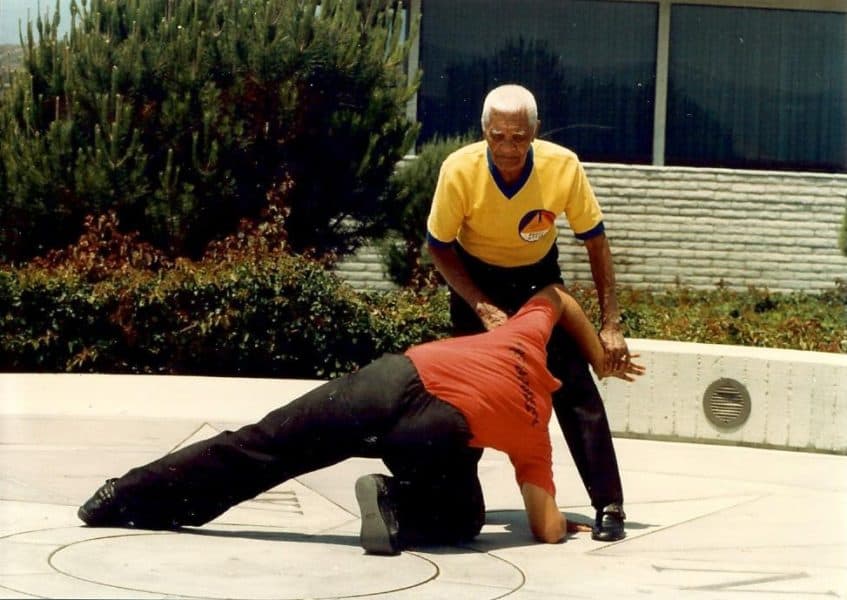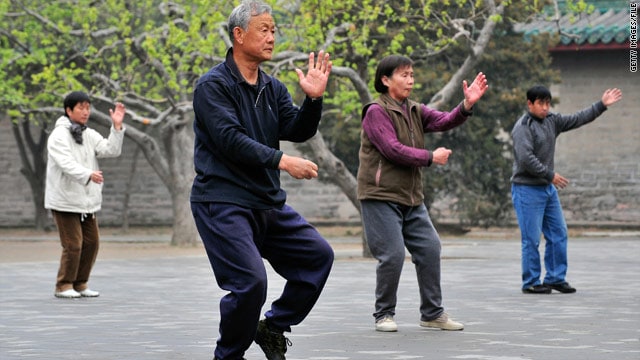Counter Locks of Derobio Escrima
The art of Derobio has 144 counter locks which are unique to the system. The locks and counter locks in Derobio Escrima are very complex in their simplicity and work at medium to very close range. These locks are applied to the joints, tendons, muscles, nerves and pressure points, effectively shutting down the opponent’s ability to think about anything but the pain.











